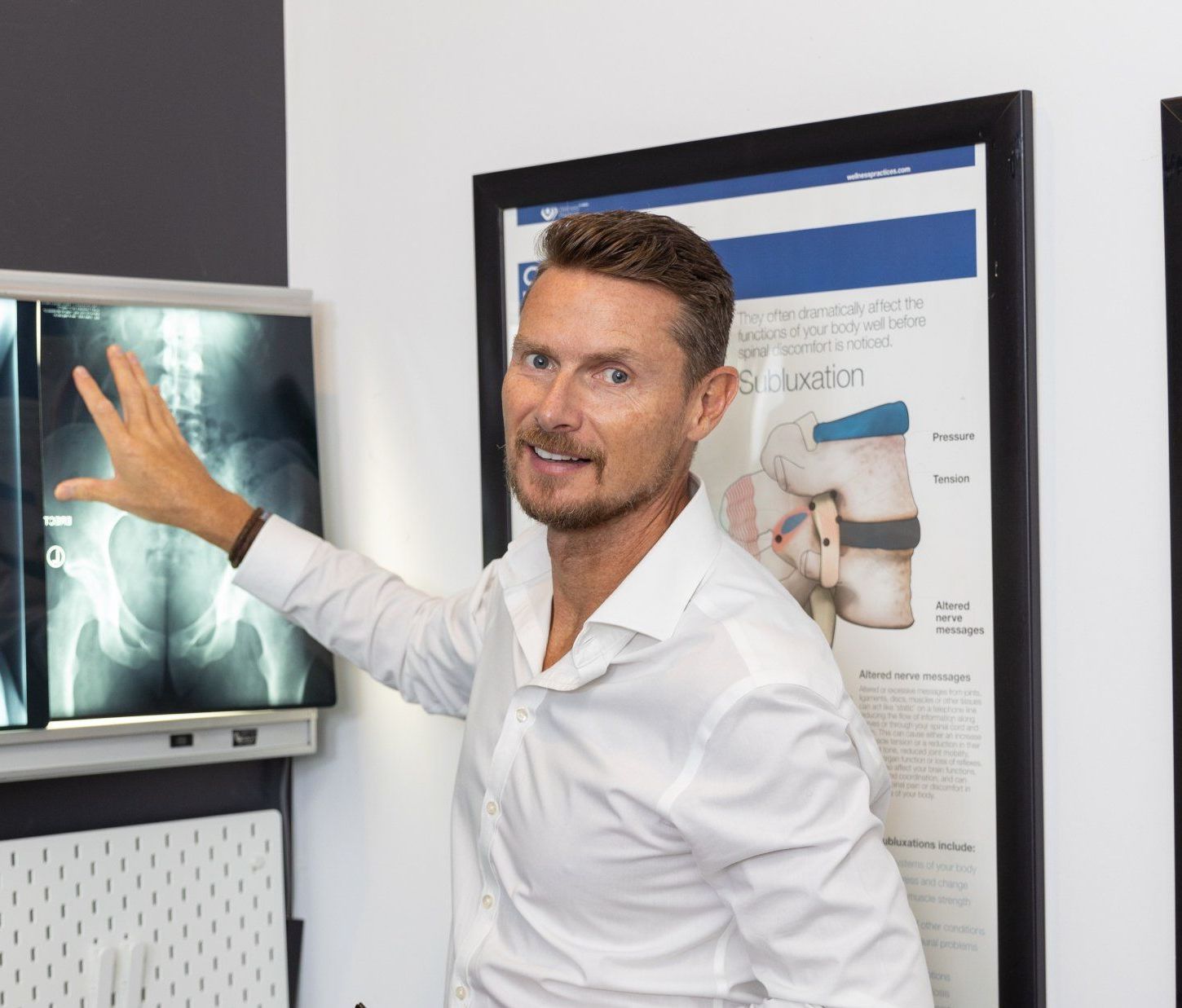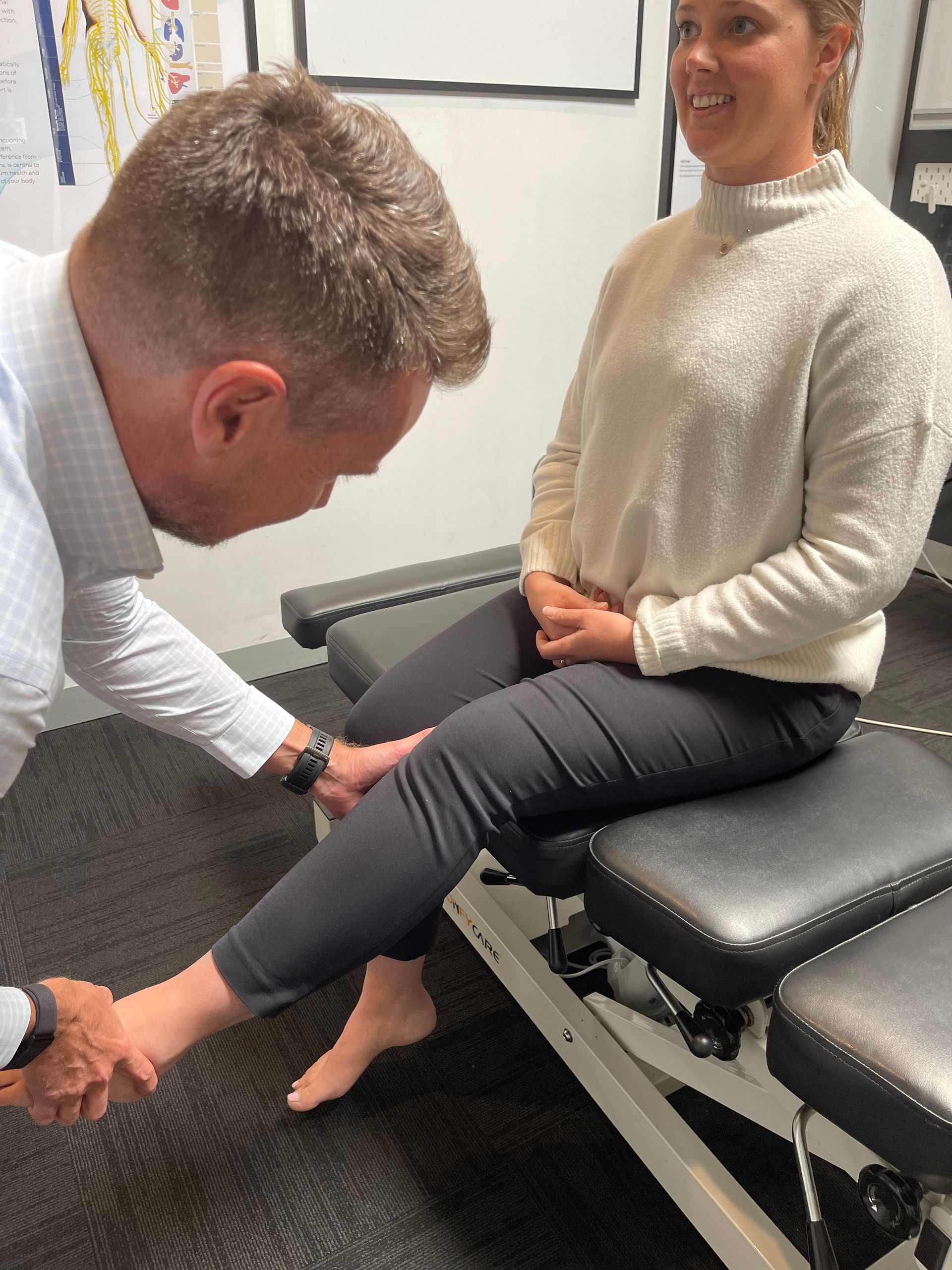Are Chiropractors Pseudoscientific
As someone who has always been fascinated by the intersection of science and alternative medicine, I couldn't help but ponder the question: are chiropractors pseudoscientific? It's a topic that sparks curiosity and debate, as chiropractic treatment often falls outside the realm of traditional medical practices.
In this article, we will delve into the world of chiropractic care, exploring its origins, methods, and scientific legitimacy. We'll examine the evidence and research surrounding chiropractic treatments, uncovering both their potential benefits and inherent risks.
By shedding light on patient experiences and professional standards within the field, we aim to provide you with a comprehensive understanding of whether chiropractors can truly be considered pioneers in innovative healing or if they belong to the realm of pseudoscience.
So buckle up and join me on this exploration as we seek answers to one of healthcare's most intriguing questions.
Are Chiropractors Pseudoscientific
Do you ever wonder if chiropractors use pseudoscience? This question has often crossed my mind.
Critics have labeled chiropractic as pseudoscientific, unsupported, and rooted in magic rather than medicine. Let's examine the arguments before dismissing them.
The main criticism of chiropractors is that they use pseudoscience instead of evidence. Some say chiropractic treatments are ineffective for non-musculoskeletal conditions due to a lack of scientific evidence. Chiropractic may not have many high-quality studies, but that doesn't mean it's bad.
The nature of chiropractic manipulations is another issue. Critics say these adjustments are just back-cracking without any therapeutic value. Many patients swear by these treatments and report significant pain and mobility improvements. Although we have a limited understanding of the mechanisms behind these manipulations, we cannot ignore their positive effects.
Despite being considered pseudoscientific, chiropractic should not be dismissed due to its potential benefits. Researchers should conduct more rigorous studies to demonstrate chiropractic's efficacy beyond musculoskeletal issues and to gain a better understanding of how these manipulations work.
Let's examine chiropractic treatment to determine if the criticisms are valid or if it presents an avenue for innovative healing approaches.
Chiropractic Treatment

Discover the benefits and efficacy of chiropractic treatment for various health conditions. Spinal manipulation, or chiropractic adjustment, is a popular alternative therapy that realigns the musculoskeletal system. Although chiropractors may be called pseudoscientific, some treatments have been scientifically proven.
Chiropractic adjustments relieve back pain. Back pain is a common reason for chiropractic care. Research has shown that spinal manipulation effectively treats acute and chronic low back pain. It relieves pain by reducing inflammation, improving joint function, and promoting natural healing.
Chiropractic care reduces headaches and improves neck mobility. Neck pain and headaches are another chiropractic specialty. Research shows that spinal manipulation increases cervical spine range of motion and reduces neck muscle tension. This can reduce headache frequency and intensity.
Chiropractic care may improve athletic performance. Many athletes use chiropractors to improve their performance. Chiropractors treat spine and joint misalignments to improve biomechanical function and athletic performance. Routine chiropractic adjustments can also prevent injuries by aligning the musculoskeletal system.
Chiropractic care may supplement medical care. Chiropractic care may not cure all health conditions, but it can support traditional medical treatments. Fibromyalgia and osteoarthritis patients may benefit from medication management and chiropractic adjustments.
Scientific evidence supports chiropractic treatment, despite claims that it is pseudoscience. Chiropractic treatment improves back pain, neck mobility, headaches, and athletic performance, according to research. Chiropractic care may not treat all health conditions, but it can support traditional medical treatments.
Chiropractic Care
Discover chiropractic care's holistic approach and its potential benefits for non-invasive health solutions.
Despite being labeled pseudoscientific, chiropractic care offers a unique healthcare perspective worth exploring. Chiropractors focus on the spine-nervous system relationship to improve health, unlike traditional doctors.
Chiropractic adjustments realign the spine, relieving pain and improving mobility. This hands-on approach lets chiropractors treat both symptoms and underlying issues. Chiropractic care seeks long-term relief by addressing health issues at their source.
A major benefit of chiropractic care is its non-invasiveness. Chiropractic techniques manipulate the body's natural healing abilities without drugs or surgery. This makes it appealing to those who prefer natural healthcare or want to avoid pharmaceutical side effects.
Skeptics may doubt chiropractic care's scientific validity, but many studies show positive results for patients. Spinal manipulation appears to treat back, neck, headache, and musculoskeletal disorders. This research is helping us understand how chiropractic care can improve health.
Evidence And Research

Are chiropractors pseudoscientific? To understand how chiropractic care may benefit your health, study the evidence. It is important to examine the science behind chiropractic' methods. Numerous studies show that chiropractic care works, despite claims to the contrary.
Chiropractic adjustments can help with lower back, neck, and headache pain, according to research. The Spine Journal found that spinal manipulation significantly improved chronic low back pain. A study in the Annals of Internal Medicine found that spinal manipulation was better than medication for acute low back pain.
Chiropractic care is also safe, according to research. PLOS ONE published a systematic review of multiple studies that found chiropractic treatment had few serious adverse events. This implies that chiropractic adjustments by trained professionals are safe.
Chiropractors may still be considered pseudoscientific, but there is growing evidence supporting their methods. Chiropractic care is safe and effective for certain conditions, according to research. However, like any medical treatment, the benefits must be weighed against the risks.
Benefits And Risks
To understand chiropractic care's pros and cons, you must study its efficacy and safety. Some call chiropractors pseudoscientific, but evidence should be considered before judging. Some chiropractic manipulations may help treat low back and neck pain, according to research.
Imagine a skilled chiropractor manipulating your spine. They may relieve tension and realign your body as they apply pressure. This imagery shows how chiropractic manipulations may relieve pain, improve mobility, and boost well-being.
However, risks must be considered. Chiropractic care has risks like any medical procedure. These risks include soreness or stiffness after manipulation, muscle strains or sprains from improper techniques, and nerve damage from forceful or incorrect adjustments.
Despite these risks, many people have had positive chiropractic experiences. Patient testimonials often mention improved quality of life due to reduced pain and mobility. Some people benefit from a non-invasive alternative to traditional medicine for symptom management.
Patient Experience

Patients' chiropractic experiences vary depending on their needs and expectations. I've had chiropractic treatment for chronic back pain, and it's improved my health.
Contrary to the skepticism surrounding chiropractors as pseudoscientific, my personal experience has proven otherwise. Chiropractic care has helped me live a more active, pain-free life.
I was skeptical of chiropractors' treatments when I first went. I soon realized that they treat patients holistically, considering both symptoms and root causes. Before making any adjustments, chiropractors thoroughly examine and customize each patient's treatment plan. Attention to detail and individualized care improve patient satisfaction.
Chiropractic practice is evidence-based, which sets it apart. There may be limited scientific evidence supporting certain chiropractic techniques, but research in this field is ongoing and evolving. As a patient, I've seen chiropractors strive for excellence by staying current on industry advances. Evidence-based chiropractic care builds trust and ensures treatment plans are scientific.
Despite skepticism about chiropractic hype, my experience has been different. Skilled practitioners who prioritize personalized care based on thorough assessments and evidence-based practices can improve patient experiences in this profession. I believe chiropractic care can improve one's life because my treatments have improved mobility and reduced pain.
Professional Standards
Learn about chiropractic care by studying its professional standards.
To ensure ethical practice and high-quality care, the chiropractic profession has set standards. Chiropractic professionals follow these professional standards to ensure evidence-based treatment and the highest level of competency.
Chiropractic professional standards emphasize evidence-based practice. Chiropractors must incorporate the latest research into their treatment plans. Chiropractic doctors can choose the most effective manipulations or therapies for their patients using scientific evidence. This evidence-based approach disproves the idea that chiropractors are pseudoscientific by prioritizing proven methods over unproven claims.
Before being licensed, chiropractors must undergo extensive training and education. They must earn a doctorate from an accredited chiropractic college after four years of intensive study. This extensive training equips chiropractors to provide safe and effective care. These educational requirements keep practitioners competent in their profession.
Beyond clinical expertise, professional standards include ethics. Chiropractors must treat patients with honesty, integrity, and respect. Before performing any manipulations or therapies, they must obtain informed consent to ensure patients understand their treatment options and risks. Chiropractors build patient trust and their profession's credibility by prioritizing ethics.
Examining chiropractic professional standards reveals how these practitioners work. Chiropractors use evidence-based practice, rigorous training, and ethical conduct to treat patients safely and effectively. These standards demonstrate the profession's commitment to innovative, evidence-based care, dispelling the myth that chiropractors are pseudoscientific.
Final Thoughts
Are chiropractors pseudoscientific? I've experienced chiropractic care and researched it, so I can say it's not pseudoscientific. Chiropractic treatment aligns the spine and musculoskeletal system to improve health. While its efficacy is debatable, many studies have shown positive results for back pain, headaches, and musculoskeletal disorders.
As with any medical field, practitioners vary in skill. Chiropractors must undergo extensive training to meet professional standards for safe and effective care. Many reputable chiropractic clinics also conduct ongoing research to validate their techniques and understand their health effects.
Chiropractic care is an alternative to traditional medicine that has helped many people worldwide. Patients should research, consult with multiple professionals, and make informed decisions based on their unique circumstances when making any healthcare decision.
Skepticism is healthy in all aspects of life, but dismissing chiropractors as pseudoscientific ignores their evidence-based benefits for holistic healing and wellness.
Frequently Asked Questions
How Much Does Chiropractic Treatment Typically Cost?
Location, type, and chiropractor experience determine chiropractic treatment costs, which range from $30 to $200 per session. Before considering cost, consider chiropractic care's potential benefits and efficacy. Chiropractors treat musculoskeletal issues and promote wellness through manual manipulation.
Chiropractic care relieves back, neck, and headache pain for many, despite its scientific dubiety. Always consult a trusted healthcare professional for personalized advice based on your needs and circumstances. Remember, adopting new holistic health ideas can lead to innovative solutions that improve our well-being.
Are There Any Age Restrictions For Receiving Chiropractic Care?
There are no age limits for chiropractic care. Children and seniors can benefit from chiropractic care. Chiropractors use various techniques to align your spine and promote nervous system function, whether you're suffering from back or neck pain or just want to feel better. Their gentle adjustments and specialized exercises and stretches are customized for you.
Chiropractic care can support your health and wellness journey as a curious teenager or wise grandparent with innovative solutions.
Can Chiropractic Treatment Be Used As A Substitute For Medical Care?
Chiropractic care should supplement medical care, not replace it. Chiropractic doctors treat the spine and nervous system to improve health, but they lack medical training. However, it is important to note that serious health issues should be evaluated by a doctor. Couple chiropractic and medical care for a holistic approach to health and optimal results.
Innovation means trying new things and combining healthcare methods to improve results.
Are There Any Potential Side Effects Or Complications From Chiropractic Adjustments?
Chiropractic adjustments may cause side effects and complications. These treatments are generally safe and effective, but any medical intervention has risks. The treated area may be sore for a few days, but this is common. Spinal cord fractures or injuries have been reported very rarely.
For the best results, consult a qualified chiropractor about your health concerns before starting chiropractic treatment. Chiropractic care must be safe and innovative, so chiropractors must stay current on research and developments to provide the best care while minimizing risks.
What Is The Recommended Frequency Of Chiropractic Visits For Optimal Results?
The frequency of chiropractic visits for optimal results depends on the individual and their needs. However, chiropractors typically suggest that individuals begin with two to three visits a week and gradually decrease the frequency as improvements occur.
This method allows for a complete assessment of your body's response to chiropractic adjustments, ensuring progress towards your goal. Remember that everyone is different, so discussing your goals and concerns with a qualified chiropractor will help determine the best visit frequency.
By maintaining regular chiropractic care, you may improve spinal health and well-being. Why not try this innovative healthcare approach and see how it improves your life?
Latest Articles
Mornington Peninsula
Chiropractic
Just up the road from you...
- Mon - Fri
- -
- Sat - Sun
- Appointment Only
Mornington
03 9787 8518
Rosebud
03 5911 8181
CONDITIONS
LINKS
Our Locations
Designed By Jon Web Design



